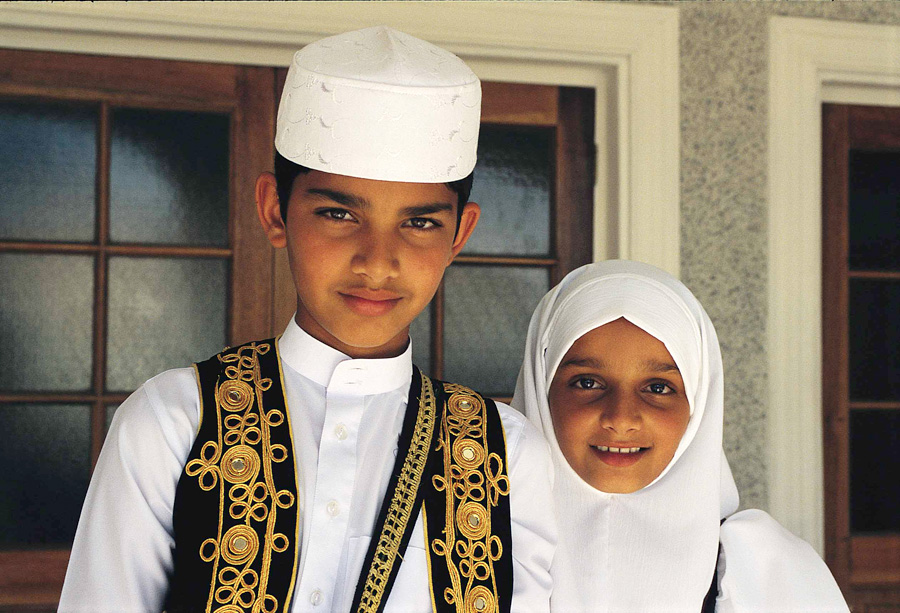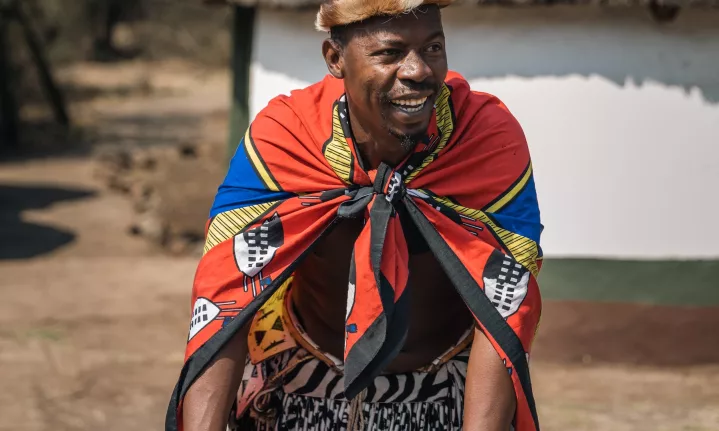The 2-Minute Rule for South African Culture Today
Table of ContentsAbout South African Culture TodayThe 3-Minute Rule for South African Culture TodaySome Of South African Culture TodayThe 25-Second Trick For South African Culture TodayThe Only Guide to South African Culture TodaySouth African Culture Today Fundamentals Explained
An issue of value in Zambian towns is the passing away of liked ones. All members of the village put cash, time and effort together for the funeral of the deceased.Music and dance is an extremely essential aspect of the Zambian culture. The various tribal units have their very own dancing types; however, makishi is common among all tribes.
South African Culture Today - An Overview
When it pertains to songs, drums are used one of the most, with a selection of drumming ceremonies. In Zambia, bulk of the individuals are Christian; Protestant and Roman Catholic. There are small groups of Muslims and Hindus, with the rest following regional native tribal beliefs.

South African heritage and culture is exceptionally varied, and consists of various groups of individuals that each have their very own customs and beliefs. Having such a diversity of people and societies is what makes South Africa so special. In real sense of the phrase, we are a rainbow country.
South Africa has around three hundred thousand Portuguese individuals living in it. Making it the 7th on the list of nations with one of the most Portuguese individuals in it outside of Portugal. Portuguese is not just a culture, but it is additionally a language and a citizenship. Portuguese people stem from the country of Portugal in Europe, however, as a result of Portugal (like numerous various other countries in Europe) discovering the world and conquering various other countries throughout the 15th 20th centuries, South Africa has what we call Portuguese South African's living in it.
The Ultimate Guide To South African Culture Today
Among the popular attributes of the topography is a plateau that covers virtually two thirds of the center of the country. The plateau facility climbs toward the southeast, where it culminates in the Drakensberg array, part of an escarpment that separates the plateau from the seaside areas. The Drakensburg includes Sparkling wine Castle, the highest possible peak in the country.
The region north of the Witwatersrand, called the bushveld, slopes downward from east to west toward the Limpopo River, which develops the worldwide boundary. The western area of the plateau, the middleveld, additionally comes down in the direction of the west and differs in altitude in between the highveld and bushveld. In between the Drakensburg and the eastern and southerly coast, the land comes down to the sea.
Nearer the coastline there is a low-lying level called the eastern lowveld. Southwest of the plateau the nation comes to be considerably more arid, paving the way to the stony desert of the Great Karroo, verged on the east by the reduced, much better sprinkled plateau of the Little Karroo. Dividing the completely dry southern interior from the sandy littoral of the southern coastline and West Cape is one more variety, the Langeberg.
3 Simple Techniques For South African Culture Today
The nation's racially, ethnically, and politically divided background has produced nationwide and subnational symbols that still function as symbols of the country, and others signs that are approved only by certain groups. The monoliths to white settler occupation and political supremacy, such as the Afrikaner Voortrekker ("pioneer") Monument in Pretoria and the Rhodes Monument recognizing the British colonial empire contractor and Cape prime minister Cecil Rhodes, continue to be sectarian icons.
The first contemporary inhabitants were the San ("bushman") hunter-gatherers and the Khoi ("Hottentot") individuals, who rounded up animals (South African culture today). The San may have been existing for countless years and left proof of their existence in hundreds of ancient cavern paintings ("rock art"). Bantu-speaking clans that were the forefathers of the Nguni (today's amaZulu, amaXhosa, amaSwazi, and vaTsonga individuals) and Tswana-Sotho language groups (today's Batswana and Southern and Northern Basotho) moved down from east Africa as very early as the fifteenth century

The 2 previous republics of the Orange Free State and Transvaal (South African Republic) were established by Afrikaner settlers who defeated and dispossessed the Basotho and Batswana. Lesotho would have been forcibly integrated into the Orange Free State without the extension of British security in 1869. The utmost marriage of the his response nation resulted from the South African Battle (18991902) in between the British and both Afrikaner go to this website republics, which lowered the nation to destroy at the beginning of the twentieth century.
Afrikaners historically considered themselves the only true South Africans and, while approving complete citizenship to all residents of European descent, denied that standing to individuals of shade until the autonomous change of 1994. British South Africans keep a feeling of social and social link to Great Britain without compromising their identity as South Africans.
Excitement About South African Culture Today
The variety and fragmentation within ethnic groupings and the equilibrium of stress between those teams during the twentieth century avoided interethnic civil conflict. While intergroup stress over resources, privileges, and political supremacy remain, those problems are as most likely to pit Zulu versus Zulu as Zulu against Xhosa or African versus Afrikaner.
From colonial India, British sellers and administrators brought the curved steel ornamental roofing systems and slender shoelace work pillars that still represent the verandas of cottages in the areas and cities throughout the nation. Holy places contribute an important architectural element even in the tiniest communities. Along with the rising steeples and traditional stonework of Afrikaans Dutch Reformed churches, Anglican churches, synagogues, mosques, and Hindu temples offer selection to the religious building scene.

Butchering and the developing of typical grain beer are important in protecting the involvement and a good reputation of the forefathers that are taken into consideration the guardians of excellent lot of money, success, and wellness. Indian neighborhoods preserve their indigenous culinary customs and apply them on Islamic and Hindu ritual and ceremonial celebrations. Afrikaners and Coloured individuals collect at weekends and unique occasions at multifamily bbqs called braais, where neighborhood bonds are strengthened.
Because this was the key economic business of both black Africans and sites white homesteaders, problem in between those teams focused on the ownership of grazing land and livestock. In 1867, the largest diamond down payments worldwide were found at Kimberley in the west main area. The wide range from those areas assisted fund the exploitation of the biggest gold coral reef in the globe, which was discovered on the Witwatersrand in 1886.
The Basic Principles Of South African Culture Today
This brought about misunderstandings and deliberate misstatement in the transactions of white settlers and federal government officials with African principals during the early american duration (South African culture today). In the facility of African reserves, some aspects of common and primarily "tribal count on" land period were preserved, and even in white country areas, types of communal tenure were still exercised in locations with African communities
After the democratic makeover of 1994, programs for land restitution, redistribution, and reform were instituted, yet progress has actually been slow-moving. The white minority still manages eighty percent of the land. Following farming land invasions in Zimbabwe, the Division of Land Matters has pledged to speed up land redistribution.
Comments on “South African Culture Today - The Facts”